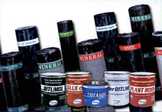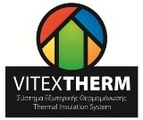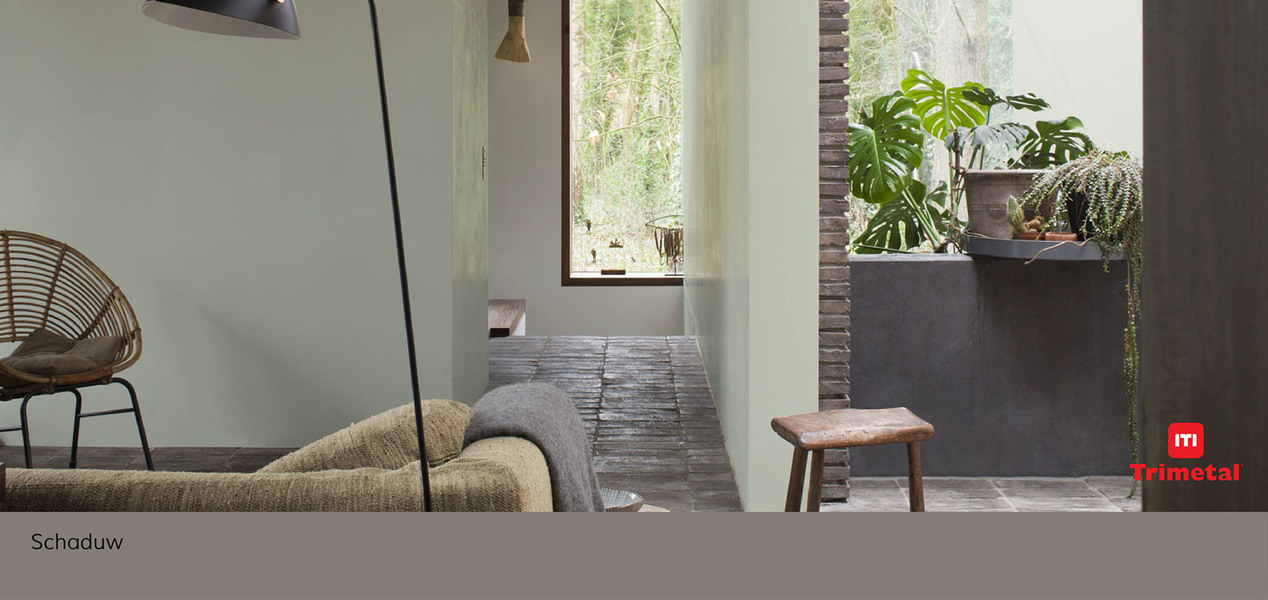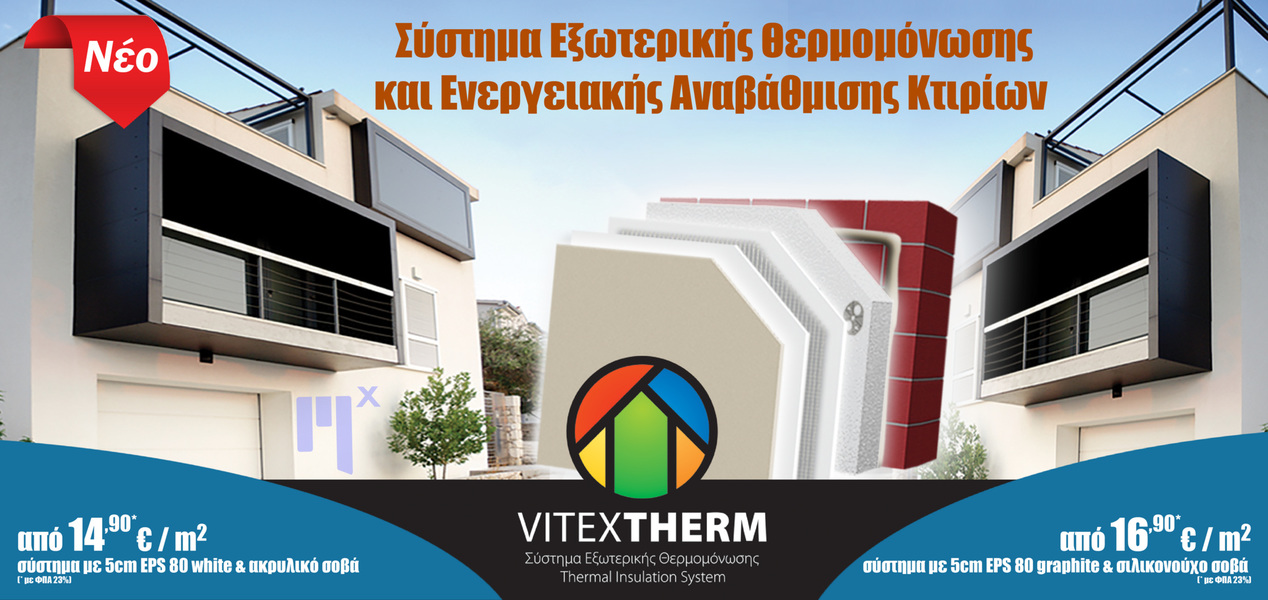Επίπτωση Καιρικών Συνθηκών
Καιρικές συνθήκες & πολυουρεθανικά συστήματα
Τα πολουρεθανικά προιόντα ενός και δύο συστατικών είναι σχεδιασμένα για εφαρμογή σε θερμοκρασίες περιβάλλοντος από 20º μέ 32ºC για να αποκτήσουν τα ιδανικά χαρακτηριστικά εφαρμογής.
Η επίδραση κρύων καιρικών συνθηκών σε πολυουρεθανικά υλικά.
Σημείωση: Η θερμοκρασία του υποστρώματος μπορεί να επηρεάσει την ωρίμανση των πολυουρεθανικών υλικών το ίδιο ή ακόμα περισσότερο από την θερμοκρασία του περιβάλλοντος. Η εφαρμογή ενός ζεστού υλικού σε μία κρύα επιφάνεια δεν θα ελατώσει τον χρόνο ωρίμανσης. Για περισσότερες λεπτομέρειες επικοινωνήστε με το τεχνικό μας τμήμα.
Καθώς η θερμοκρασία των υλικών συστατικών αρχίζει να πέφτει κάτω από τους 15ºC, αρχίζουν να αυξάνουν το ιξώδες τους. Η αύξηση του ιξώδους αυξάνει την αντίσταση του υλικού στην ροή και μπορεί να έχει τα ακόλουθα αποτελέσματα:
• Σε συστήματα πολυουρεθάνης ενός συστατικού που χρησιμοποιούν επιταχυντές η ανάμιξη γίνετε πιο δύσκολα. Εάν ο επιταχυντής δεν έχει αναμιχθεί πλήρως με την πολυουρεθάνη, η ωρίμανση του υλικού θα καθυστερήσει περισσότερο.
• Σε συστήματα πολυουρεθάνης δύο συστατικών η ανάμιξη τους γίνεται πιό δύσκολη. Εάν η ανάμιξη δεν είναι πλήρης, το μη σωστά αναμεμιγμένο μέρος θα προκαλέσει προβλήματα στην ωρίμανση.
• Οι πολυουρεθάνες γίνονται πιο δύσκολες στον ψεκασμό. Δημιουργούνται προβλήματα στην πίεση ψεκασμού, κακή εκνέφωση, τρεξίματα στο στόμιο ψεκασμού, ή και πλήρη ανομοιογένεια στην συμπεριφορά ψεκασμού. Κάποια συνεργεία μονωτών μπένουν στον πειρασμό να προσθέσουν διαλυτικό για να γίνει πιο εύκολος ο ψεκασμός. Δυστυχώς η προσθήκη διαλύτη επιβραδύνει το στέγνωμα και αλλάζει την θιζοτροπία επηρεάζοντας το τελικό πάχος του ξηρού φίλμ. Αυτό μπορεί να έχει ως αποτέλεσμα τοπικά λιμνάσματα υλικού, ανομοιόμορφη κάλυψη, και επιπλέον έξοδα στην μόνωση.
• Accelerators and catalysts are packaged to provide good pot life and reasonable cure of materials at 70º to 90ºF. As material temperatures become colder and start to drop below 60ºF, the pot life of the material is increased and the speed of the cure may be severely reduced. If the material is applied at 60ºF (material temperature) and the air temperature drops to 40ºF or below, the cure is slowed down; particularly if windy conditions exist. The cure is further retarded due to slow solvent evaporation at cold temperatures. Materials that normally cure at a rate of 8 - 12 hours can be extended to 14 - 24 hours or more.
Don’t risk these problems. Keep enough material at 70º to 80ºF for about 2 days of production. This will minimize the storage space required to keep the material warm. Refer to Accelerator Curing Charts when these conditions exist. When possible, apply the coatings earlier in the day, making sure the substrate is dry, and quit early enough to allow several hours of cure from the sun. Remember, if the application area is enclosed with no exchange of air over the membrane, the relative humidity (moisture) may be severely reduced, resulting in a slow curing time.
Hot Weather Impact
Polyurethane Coating Materials
High substrate, ambient, and material temperatures can impact material viscosity and accelerate the curing process. Single component, solvent based products cure from the top down. If the surface of the coating skins over too quickly, the solvents that are released during the curing process become trapped, resulting in blisters and/or bubbles in the coating. Two component products are also affected by high temperatures. Pot life and working time can be reduced significantly. To minimize the impact of high temperatures during coating application:
• Store material in a cool, dry place; never in direct sunlight or in areas of high temperatures. The mixing station should also be in a shaded area.
• Consider coating in the evening as the substrate cools, or if applicable, on the shady side of the building. This will help to minimize outgassing as the material cures and extend working time of the material.
• As the material viscosity decreases, the sag resistant properties will also be affected. In sloped areas, it may be necessary to apply the specified system in thinner coats, increasing the number of coats required to apply the full system. ThixoTool Vertical Additive is compatible with most single component, solvent based coatings and will enhance the sag resistant properties of the coating material. Contact Technical Services for specifics.













